Here in Japan, Tourstage is as synonymous with golf as wasabi is with sushi. But as many of you who follow the Japanese golf scene know, Tourstage is no more after a global branding unification done by Bridgestone. What kind of impact this unification will have is yet to be fully realized except for perhaps the obvious marketing and brand image benefits of having one name globally. It has been common practice here for larger brands to keep their golf “wing” separate from their main business. It allowed the golf brands to develop their own unique identities, separate from the parent company. In other words, there was no mistaking Tourstage as a tire company, instead it stood out on its own as one of Japan’s premier golf brands. The same went for Srixon and XXIO who are wings of Dunlop and PRGR who are the golf wing of Yokohama Rubber. Tourstage has always been among the top JDM brands if not the top. With the most advanced designs and hugest product line offerings as well as what once was the largest Japanese tour staff which also boasted the likes of Ai Miyazato and Shigeki Maruyama in America, Tourstage excelled while Bridgestone Golf struggled outside of Japan “without” the Tourstage moniker.
Over the years this separation of brands at Bridgestone continued and there was reasoning for it as Japan is a very different market from the rest of the world. Some may say it’s the most demanding and most “enthusiast” based hence the extra effort and capital brands put into clubs released here (and this goes for US brands here as well like Taylormade, Callaway, Titleist etc who all create JDM specific lines). Tourstage’s use of the latest and greatest materials and technologies drew in Japanese golfers but at a price point that would never be fathomed out West. I’ve discussed this several times on the blog, 800.00 to 1200.00 for a driver is not out of the ordinary here (nor is 1500.00 and up it seems!) while in the U.S. it would be unthinkable as an average price, even for a top brand driver. Because of this Bridgestone was left with watered down designs and “older hand me downs” when it came to their club lineup. I don’t know for sure but it’s possible Bridgestone balls were more well known than its clubs.
However, markets can evolve and change for both the better and worse, and in the case of Japan, the golf market has turned towards the latter. High prices plus an influx of too many brands have flooded the market with excess stock and product. One would think that choice is a good thing and for the consumer it is, but from a brand’s market standpoint, it creates too much competition. Larger Japanese brands like Tourstage have struggled over recent years and much of it could also be attributed to Tourstage’s product line strategy which saw no less, than 5 distinctively different lines in previous years (X-Drive, GR, ViQ, PHYZ, Premium, EXE just to name some off the top of my head), sometimes competing amongst themselves. Last summer Tourstage’s tour staff suddenly dwindled to mere minimal numbers and left many a Japanese pro trying to hitch rides with new brands and sponsors. This was a prelude of what was to come as it was announced shortly after that next release of Tourstage clubs, specifically the X-Drive line would fall under the Bridgestone name. This also saw the end of the GR and VIQ lines, two designs that focused on the more mid range golfer and two designs to more often than not, overlapped one another. The only original cast member who seems to have survived this brand realignment is PHYZ which interestingly enough didn’t even exist 3 years ago. The reason for PHYZ’s survival is that it has actually done quite well for the average golfer and can easily fill the shoes of VIQ as well and to some extent GR (as can the new Bridgestone J715 line). As the smoke clears what this gives us is a more focused Bridgestone brand in my opinion, one that can create two strong lines of clubs that cover golfers of all ranges.
That’s probably enough chatter about Tourstage’s transition to a unified global brand and while this post was supposed to talk about it’s new flagship driver, I felt it was a good opportunity to address the change and to give a little insight. So without further delay let’s take a look at the J715 driver which was released this summer. I received a B5 demo in 9.5* with the stock Tour AD shaft. The B5 is the 445cc model which is of course slightly more compact than the 460cc B5. The main differences between the two are the volume and a slight difference in head shape as well as the ball flight. The more forgiving B3 provides a higher launch and a bit more forgiveness while the B5 provides a more powerful trajectory and more stability and control. Both heads feature adjustable sleeves and new adjustable weight cartridges as Bridgestone calls them. The faces use pressed/forged 6AL-4V Ti and a precision cast Ti811 body. The J715 inherits Tourstage’s Turbo Rubber technology which aids in the spring effect of the head and contributes to feel.
New features include a power slit design which are flowing ribs spanning across the crown from heel to toe in 3 locations. These slits stabalize the head at impact and direct the energy forward by moving the deflection point towards the front of the crown at the face. I think this is a good idea as when I have looked at other driver designs over the past couple of years, many brands have tried to tweak the crown using variable thickness in order to maximize energy transfer (and this head does have variable thickness as one of the aspects of the crown). However, when you think of it, the amount of time a ball stays on the face is just mere milli-seconds meaning there isn’t exactly a lot of time for the crown to deflect and return the balls energy back to the ball at launch. Because of this the point of deflection is focused at the front so that it can instantaneously return the energy of the ball for increased ball speeds. If an entire crown has to flex, there most likely would be a loss of energy due to the amount of time it would take for it to return to it’s original shape. 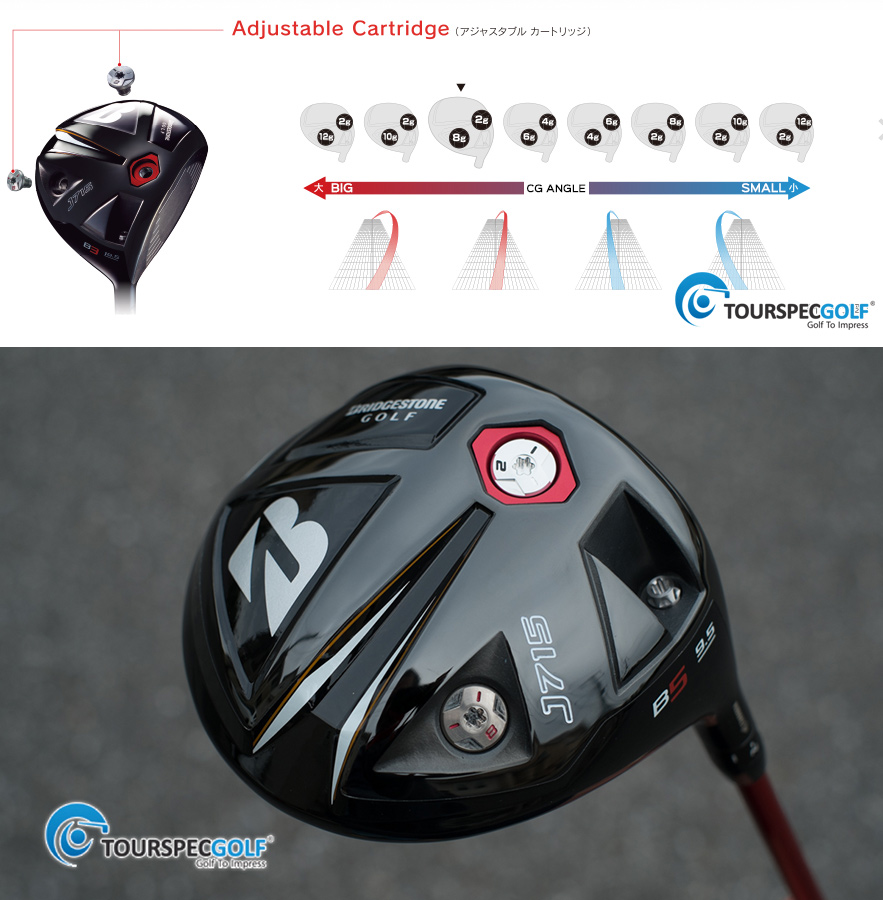
As for adjustability which pretty much every driver has these days, the J715 focuses on the shape of the ball flight, in other words draw, straight and fade. The achieve this through adjustable weight cartridges which end up shifting the center of gravity and the gravity angle of the driver. While manufacturers outside of Japan don’t touch much on gravity angle in their marketing, it is a big part of how a driver squares up to the ball and here in Japan it is frequently listed in technical specs. The gravity angle, which describes the location of the center of gravity relative to the shaft, is something separate from face angle and the numbers can tell you how quickly or slowly a head rotates to a square position at impact. The larger the gravity angle the quicker the the head squares up which is great for slicers who cannot close the face in time while on the other hand, a smaller gravity angle will not rotate as quickly and is better for those who pull or hook the ball. (This is just one aspect of trajectory as there are many other variables as well.) In the case of the J715, there are cartridges ranging from 2g to 12g which can not only alter the CG and gravity angle but also the swing weight or as we call it here in Japan, the balance of the club. The standard setting and and standard weights that come with the driver are an 8g in the back heel and a 2g in the front center. If you were to reverse the positions of these two weights the heavier 8g in the front would ever so slightly bring CG forward and reduce the gravity angle of the head (and ever so slightly the launch). If you got an optional 12g in the front with the 2g in the heel side this would be even more pronounced and vice versa if you put the 12g in the heel and the 2g in the front, the head would rotate square more quickly.
The Bridgestone sleeve offers face angle and lie angle adjustability. There are 8 positions available which allow for a player to open or close the face up to 1* in each direction and up to 2* upright or an additional 1* flat. While Bridgestone doesn’t really market loft adjustability in their literature, those in the technical speak will know anyway that altering your face angle will also alter the effective loft of the driver. With this head being 9.5* in the club’s neutral setting, we can assume that opening the face 1* will also decrease the loft 1* to 8.5* and closing the face 1* will increase the loft to 10.5* effectively. The B5 sets up nicely at address and it’s black face and white score lines contrast well and help line up the ball since the traditional black crown has no alignment mark. It’s not exactly pear shaped but it’s small enough to not be distracting.
Another new feature that Bridgestone is raving about is probably the most debatable one. Its beautiful black satin face features what they call a Power Milling. A fine or micro milling pattern covers the face horizontally and as Bridgestone boasts is to reduce spin. To tell the truth, I really had to read over their marketing literature twice to understand how milling was going to reduce back spin. When we think of fine milling and micro milling, what comes to mind is of course wedges and irons. Golf club designers have worked hard at overcoming groove rules which have reduced he amount of spin a wedge or iron can produce and in turn manufacturers have added all kinds of face milling to INCREASE back spin. So basically what it comes down to is Bridgestone says their milling gives more bite on the ball so it reduces unnecessary backspin. Wedges and irons say their milling gives more bite on the all so it increases necessary backspin. Now you can see why I read the features twice. Now after sitting at my desk for a while and thinking about it, I can see where Bridgestone is trying to come from. Their idea is that with a smooth face or even largely spaced traditional driver scorelines, the ball can slip off a face at impact, causing unwanted spin and a less than optimal “connection” with the face. These fine power milling marks are there to grab the ball and send it on it’s way with no slippage.
When you think of the kind of the kind of ideal impact a driver makes vs what an iron or wedge would make, the concept could be valid. A wedge or iron produces a down blow where the ball will travel up the face of the loft of the club and across the grooves. In this case the milling would bite and pull the ball in a backwards rotation during impact. Players also work the ball with their wedges using a large portion of the face to create more spin and control. Thus the time the ball is in contact with the face of an iron and especially a wedge is longer. A driver shot is not meant to be done with a down blow (though unfortunately for some, this is a flaw in their swing) but more of a level blow or even striking the ball on the up swing. And even in that case, the loft of the driver still means the milling would create some backspin. To be fair to Bridgestone, the do talk a lot about slippage and to really test the face milling’s effectiveness on spin, we’ll have to get the J715 on a launch monitor. Either way this design is probably meant for the better player who can strike the ball quite well. A lower skilled player or one with a down blow would probably create unwanted spin.
The J715 comes stock with a made for Bridgstone Tour AD shaft. Bridgestone (Tourstage) has had a long time relationship with Graphite Design and their stock shafts, especially for better players are considered above average for an OEM. It’s a well balanced all around shaft as a stock shaft should be since it needs to fit a wide range of players. There is good feel thanks to torque being on the higher side but the shaft for most players won’t be hard to control. Faster and more aggressive swingers will most likely opt for one of Bridgestone’s upgrades like the Fubuki AT, Diamana R or new Tour AD MJ. At the end of the day, the new J715 is a good looking package with nice features and a better than usual price (compared to past X-Drives). It feels and sounds good, it’s an all around performer and workable with good distance. However for once I leave one my posts wishing I did indeed have a launch monitor on hand to test the actual back spin numbers. I carried reasonably well and the ball still ran out meaning at least I was probably not creating more back spin since the distance at least matched my 3 other personally owned drivers. While I’ve had to return the demo to Bridgestone I’m hoping to get a B3 in so I can get on a launch monitor for further testing.
On a closing note, with the brand unification, Bridgestone will continue to thrive here in Japan (and most likely improve with the more focused line). From what I have already seen, the transition has been rather smooth as I watch the Japanese tour on TV and see remaining Tourstage staffers now donning full Bridgestone wear, bags and accessories and of course the new J715 line of clubs. Honestly I don’t follow the overseas golf market that thoroughly so I’m curious to see how these changes to the brand will affect the international Bridgestone brand in the long term. But for now, the change has actually created interest in the Japanese golf market and hopefully this can all carry over to the rest of the global market. You can check out the new Bridgestone lineup here in the pro shop.


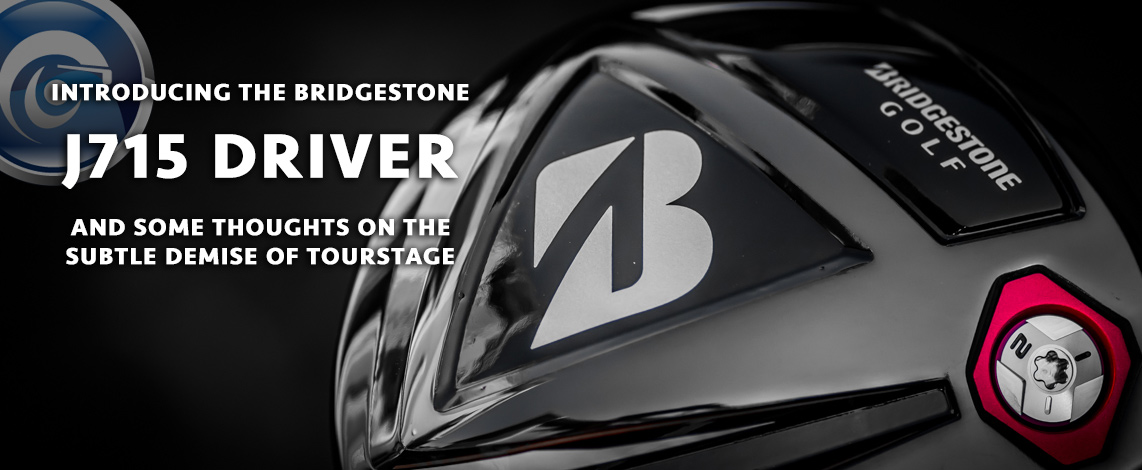
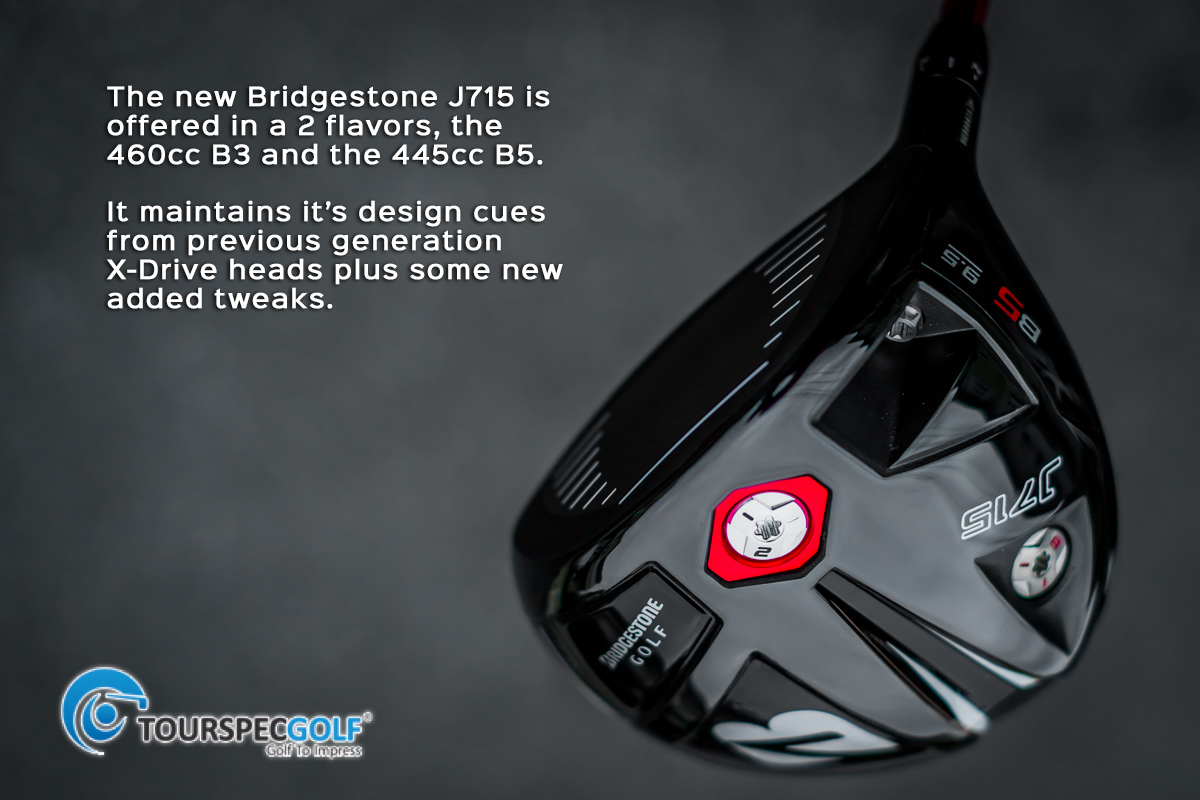
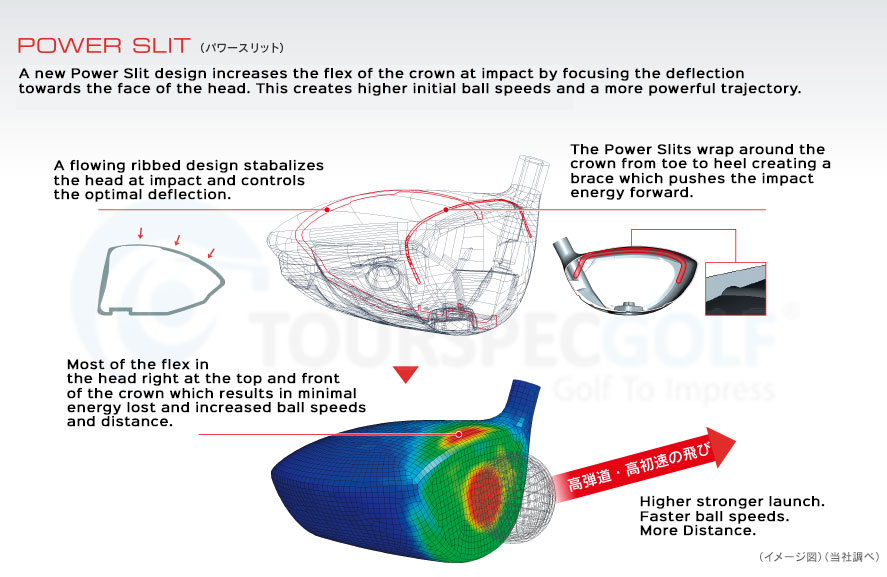
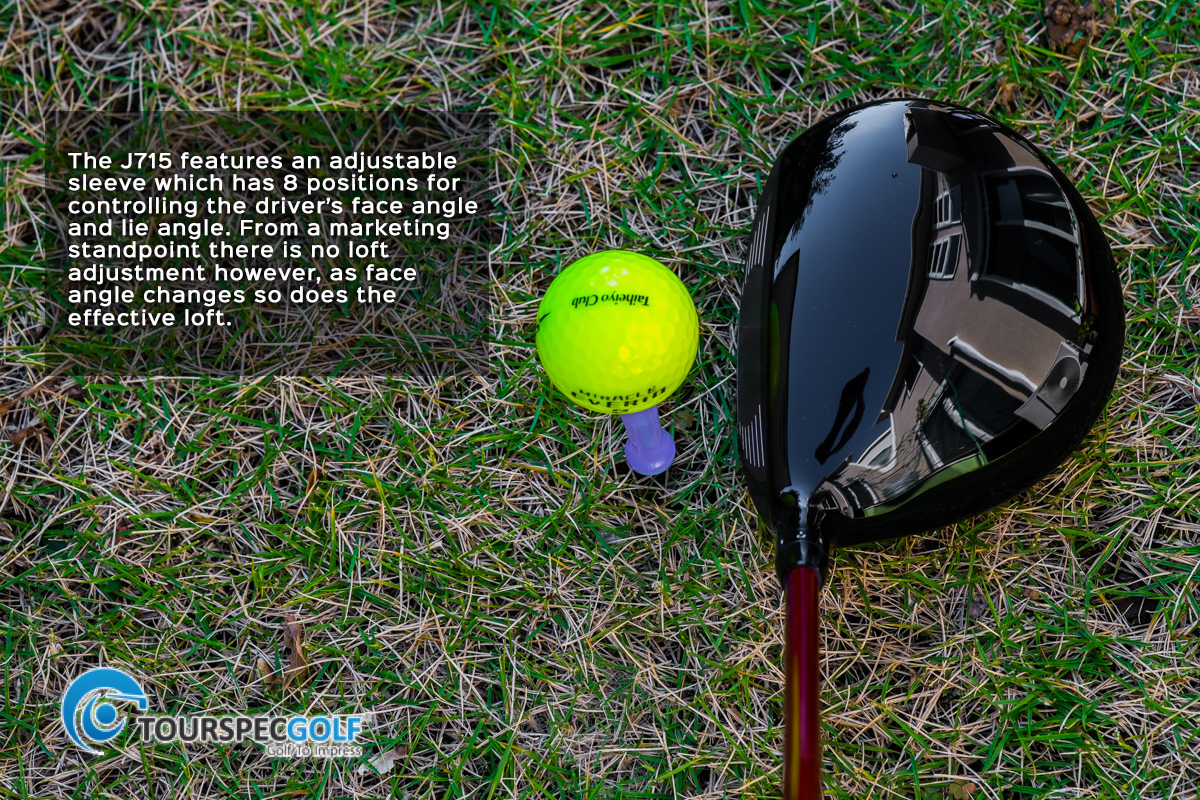
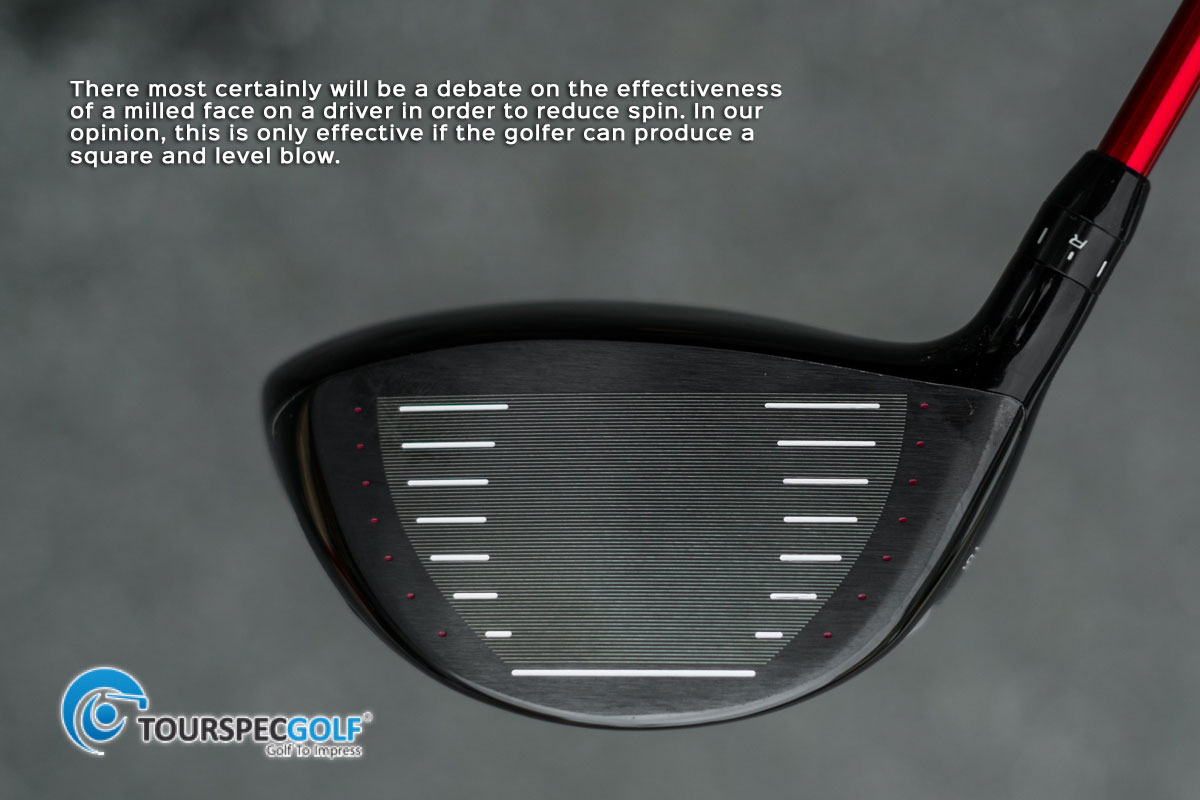
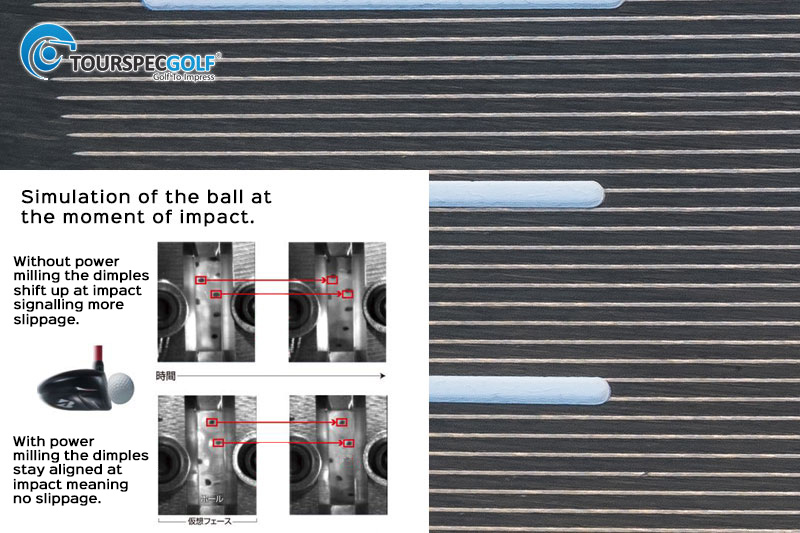
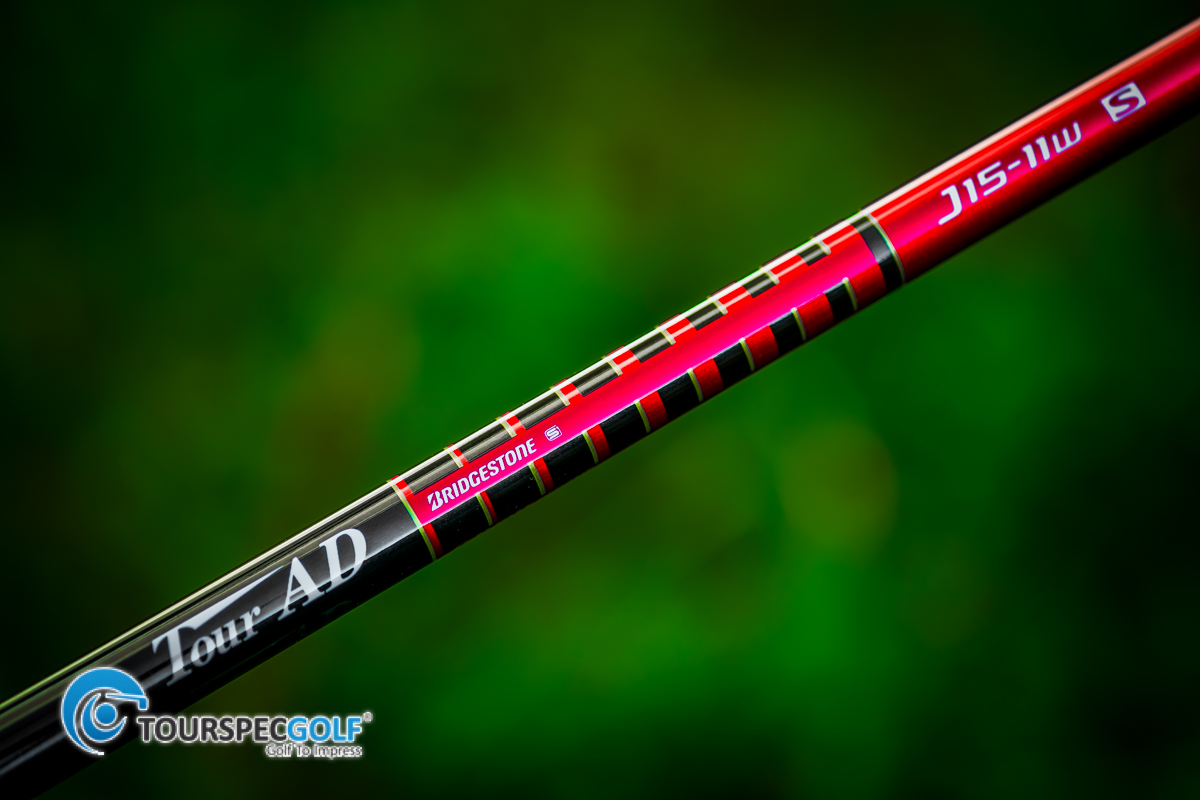
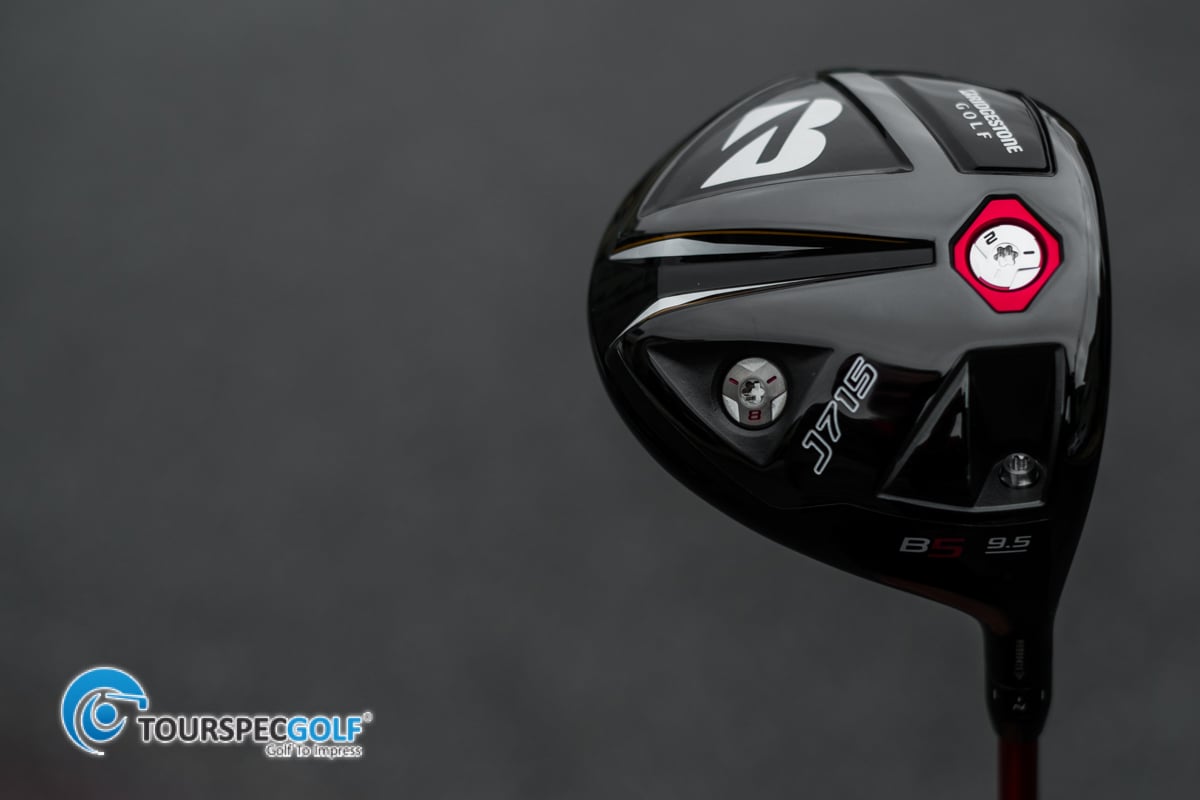










What a long post
And I read it all!!!